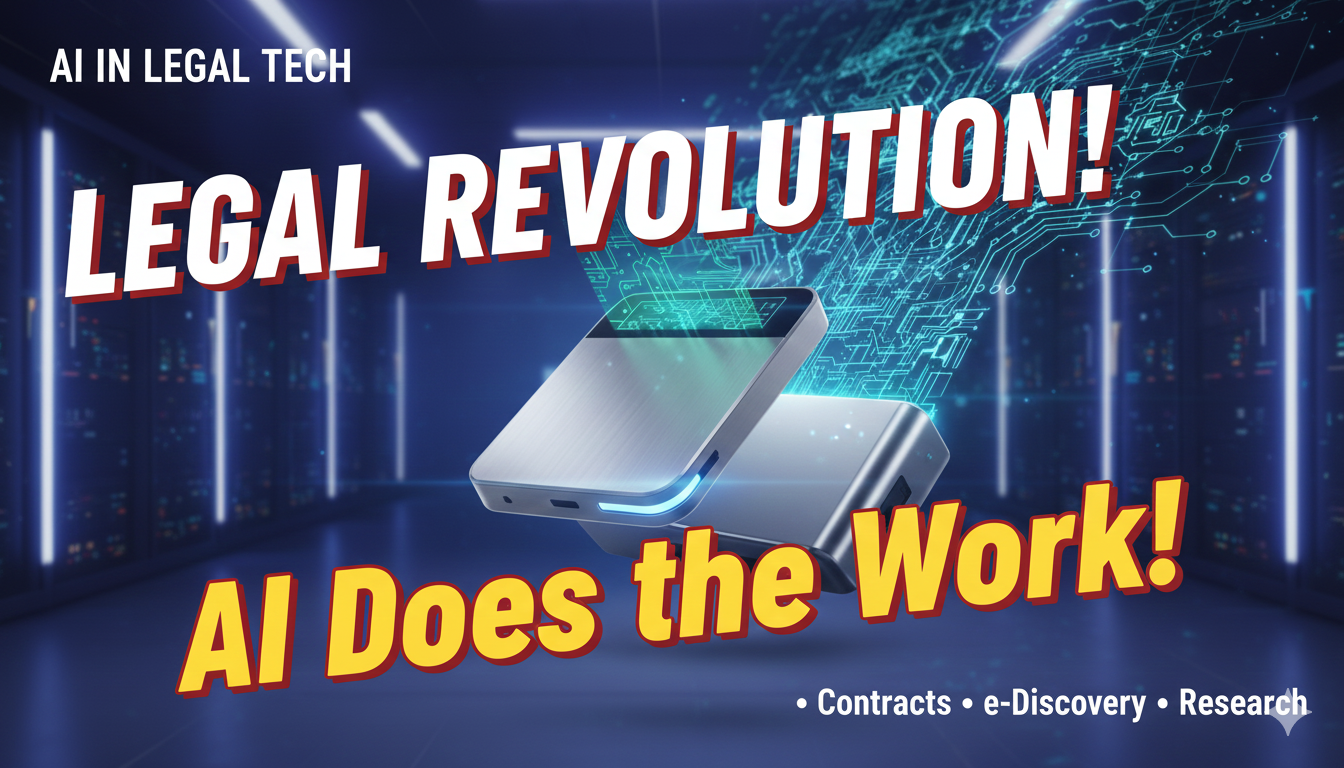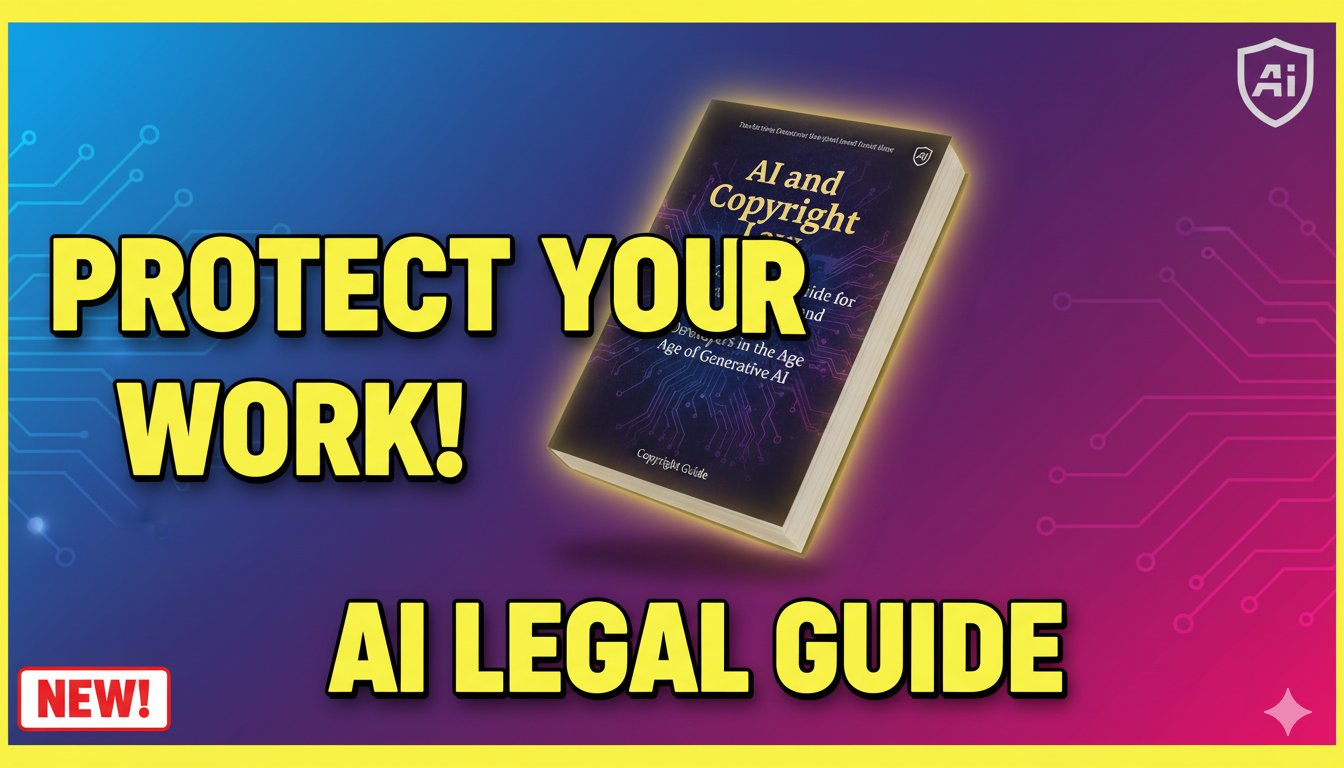Introduction: Defining AI in Legal Tech
AI in legal tech is no longer a futuristic concept—it’s a present-day reality fundamentally reshaping how legal services are delivered. It involves applying artificial intelligence, including generative AI and machine learning, to automate routine tasks, enhance analytical capabilities, and empower legal professionals to focus on high-value strategic work. The conversation has decisively shifted from if AI will transform legal work to how it is already doing so . With approximately 79% of law firms having integrated AI tools into their workflows and the legal AI software market experiencing explosive growth, understanding this revolution is crucial for any modern legal practice . This transformation is unlocking unprecedented efficiencies in core areas like contract review, e-discovery, and legal research, redefining the very nature of legal work.
The Core Applications of AI in Legal Tech
The implementation of AI is delivering concrete value across the legal workflow. The table below summarizes its transformative impact in three key areas:
How AI is Revolutionizing Contract Review
AI is turning the traditionally slow and painstaking process of contract review into a rapid, precise operation. Legal departments spend an estimated half of their time on this task, but AI is dramatically changing that calculus .
From Manual Scrutiny to Automated Analysis
AI-powered contract review tools leverage Natural Language Processing (NLP) to read and comprehend legal language at scale. They go beyond simple keyword searches to:
- Identify and extract key clauses (e.g., termination, indemnity, liability) from hundreds of pages in seconds .
- Flag non-standard or risky language by comparing contract terms against a firm’s predefined playbooks or industry standards .
- Learn from attorney feedback, continuously improving their accuracy and relevance for future reviews .
Quantifiable Gains and Real-World Impact
The efficiency gains are not just theoretical. As the case study of Shoosmiths shows, the speed and accuracy improvements are profound . Furthermore, companies like Earthly have transformed their contract processes by adopting AI, reducing the time from draft to completion to just 30 minutes and achieving a 90% cost savings on contracts . This allows lawyers to shift from repetitive review to higher-value tasks like negotiating complex terms and advising clients on strategic implications.
Transforming e-Discovery with AI
e-Discovery has been one of the earliest and most successful adoption areas for AI in legal tech. With the volume of digital data growing exponentially, AI is no longer a luxury but a necessity for managing discovery effectively and ethically.
The Power of Predictive Coding
At the heart of AI-driven e-discovery is predictive coding (also known as Technology-Assisted Review or TAR). This process involves:
- Training the AI: Lawyers review a seed set of documents, coding them as relevant or non-responsive.
- Algorithmic Learning: The AI algorithm learns from these human decisions to identify patterns and concepts.
- Prioritization and Classification: The system can then predictively code millions of other documents, surfacing the most likely relevant materials for human review while setting aside non-responsive ones . Advanced systems now also automate the identification of privileged documents and can even generate preliminary privilege logs .
Driving Down Costs and Enhancing Accuracy
The primary benefit of AI in e-discovery is a massive reduction in the time and cost of document review, which can account for up to 70% of the cost of a lawsuit . For example, Pillsbury Law implemented an AI-powered e-discovery tool that enabled them to achieve 40-50% cost savings by processing and hosting data in a self-controlled cloud environment . Beyond cost, AI improves consistency and reduces the human error inherent in manually reviewing thousands of documents.
Accelerating Legal Research through AI
Legal research, a cornerstone of legal practice, is being supercharged by AI, moving far beyond the capabilities of traditional Boolean searches.
From Keyword Search to Contextual Understanding
AI legal research platforms can understand the factual patterns and legal concepts of a case, not just keywords. This allows them to :
- Scan through millions of cases, statutes, and regulations to find the most relevant precedents.
- Summarize complex rulings quickly, giving lawyers the gist of a case without needing to read every word.
- Provide citations that are directly relevant to the specific legal question at hand, building a foundation for more confident legal arguments.
Freeing Time for Strategic Work
The time savings are substantial. AI can save lawyers nearly 240 hours per year by accelerating repetitive tasks like research and document summarization . This reclaimed time allows legal professionals to focus on the engaging, judgment-based work they value most. As the 2025 Thomson Reuters Future of Professionals Report found, 42% of legal professionals want to spend more time on expertise-driven work, and AI is the key to unlocking that capacity .
Navigating Risks and Ethical Challenges
While the benefits are clear, the integration of AI into legal practice comes with significant risks that must be proactively managed.
- Data Privacy and Confidentiality: This is the top concern for 56% of legal professionals . Inputting sensitive client information into third-party AI tools requires robust security measures, including end-to-end encryption and strict access controls .
- AI Hallucinations and Inaccuracy: AI can sometimes generate plausible but incorrect or fabricated information. This is a critical risk in legal practice where accuracy is paramount. Approximately 31% of legal professionals cite this as a key barrier to adoption .
- Algorithmic Bias: AI systems trained on historical legal data risk perpetuating existing biases within the justice system . Forward-thinking organizations are implementing monitoring and testing protocols to identify and mitigate these issues .
- The Need for Human Oversight: There is a strong professional consensus (96% of legal professionals) that allowing AI to represent clients in court is a step too far . Lawyers must maintain supervision over AI systems and take ultimate responsibility for their output, preserving the core obligations of competence and accountability .
Actionable Insights for Adopting AI in Legal Tech
For law firms and legal departments ready to embrace AI, a strategic and measured approach is essential for success.
- Start with a Clear Problem, Not a Technology: The most successful implementations begin with a specific pain point. Instead of “we need AI,” focus on “we need to reduce contract review time by 50%” or “we need to cut e-discovery costs” . This ensures the solution is targeted and effective.
- Prioritize Security and Integration: Choose professional-grade AI tools built for the legal industry that offer strong data security and integrate seamlessly with your existing practice management, billing, and document systems .
- Invest in Training and Governance: Technology transformation is human transformation. Invest in training programs and establish clear, firm-wide policies for AI use that address ethical concerns, data handling, and appropriate use cases .
- Validate and Verify All Outputs: Maintain a “trust but verify” approach. Legal professionals must rigorously oversee AI output, checking for accuracy, relevance, and the absence of hallucinated content . AI should be a tool to enhance, not replace, professional judgment.
- Embrace a Hybrid Model: The future of law is not human vs. machine, but human and machine. Focus on augmentation—using AI to handle repetitive tasks, which frees up legal professionals to focus on strategy, empathy, negotiation, and client counseling .
Conclusion: The Augmented Future of Law
The revolution of AI in legal tech is not about replacing lawyers but about empowering them. By automating routine tasks in contract review, e-discovery, and legal research, AI is elevating the role of the legal professional. The lawyers who will thrive in this new era are those who leverage technology to enhance their distinctly human capabilities: judgment, creativity, empathy, and strategic advocacy . As the industry moves forward, the firms that proactively adopt AI, while thoughtfully navigating its risks, will gain a significant competitive advantage, delivering higher-quality service, better outcomes for clients, and building the future of legal practice. The transformation is here, and it is creating a more efficient, insightful, and dynamic legal profession.
Sources and References
- Akerman. “The AI Legal Landscape in 2025: Beyond the Hype.” https://www.akerman.com/en/perspectives/the-ai-legal-landscape-in-2025-beyond-the-hype.html
- Ampcome. “Top 9 Use Cases of AI Agents in Legal Industry in 2025.” https://www.ampcome.com/post/top-9-use-cases-of-ai-agents-in-legal-industry-in-2025
- Thomson Reuters. “How AI is transforming the legal profession.” https://legal.thomsonreuters.com/blog/how-ai-is-transforming-the-legal-profession/
- ACEDS. “2025 Legal AI Report: Key Insights from ACEDS + Secretariat.” https://aceds.org/2025-legal-ai-report-key-insights-from-aceds-secretariat-aceds-blog/
- AIMultiple. “Top 10+ Legal AI Use Cases & real-life examples.” https://research.aimultiple.com/legal-ai/
- Clio. “Legal Technology Trends to Watch in 2025.” https://www.clio.com/blog/legal-technology-trends/
- Harvard Law School Center on the Legal Profession. “The Impact of Artificial Intelligence on Law Firms’ Business Models.” https://clp.law.harvard.edu/knowledge-hub/insights/the-impact-of-artificial-intelligence-on-law-law-firms-business-models/
- First AML. “Whitepaper: LegalTech Trends Report 2025.” https://www.firstaml.com/lp/ebook-legal-tech-trends-report-2025-whitepaper/
- Nexlaw. “Law Firm eDiscovery Solutions 2025: AI Trends & Best Practices.” https://www.nexlaw.ai/blog/law-firm-ediscovery-solutions-2025-ai-adoption-and-industry-transformation/
- Thomson Reuters. “Generative AI for legal professionals: Top use cases.” https://legal.thomsonreuters.com/blog/generative-ai-for-legal-professionals-top-use-cases-tri/


















